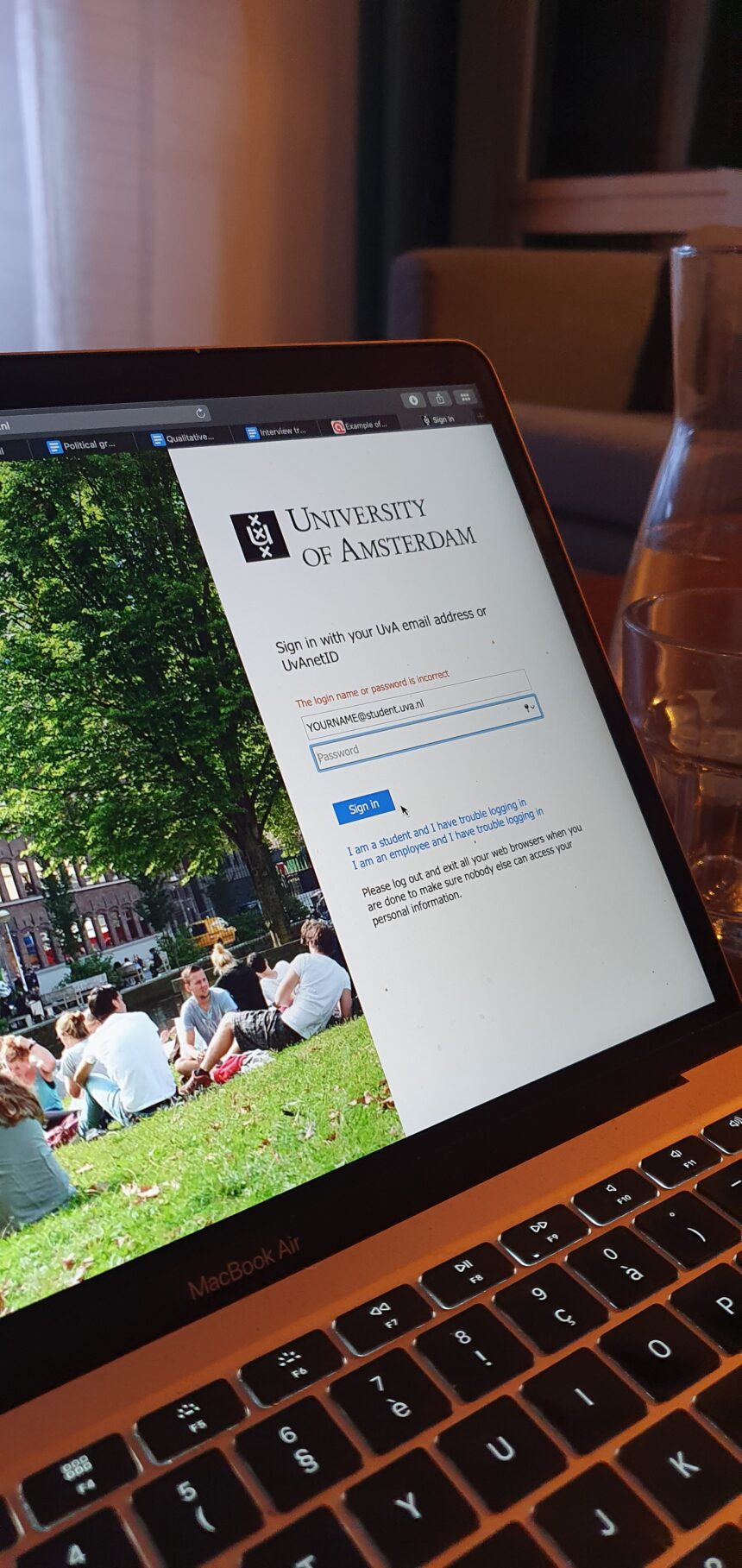It was just a regular Friday. Slumped over my statistics readings for next week, I picked up my phone, yearning for a five-minute break from the SPSS landscape that had been unfolding for over an hour in front of my eyes. Suddenly, a notification appeared on my phone – it was from a close friend of mine, sending me some sort of photo.
“I was scrolling through our bachelor’s group chat and look – it’s you!”
A random unknown member of the group chat was using the photo which I was using on my Whatsapp account. Hoping it was a prank, I respectfully opened a private chat with the participant and asked to take it down, as I would otherwise report it to the school and the authorities. What I wasn’t expecting was what came next – not only did the person deny they were stealing my picture, they immediately began to gaslight me, then apologize, then demand an apology from me for not accepting their apology, and finally threatened to physically hurt me at school the following Monday. It truly was one of the more stressful moments of my life – I could not imagine how someone as physically weak as me would be able to protect myself from such a threat, especially knowing that, while the mysterious identity thief knew my face, I had no idea who they were.
In 2022, it’s certainly not uncommon to hear about cybercrimes or cybersecurity infringements such as catfishing, data mining, or intellectual property theft. Whether one gets that daily reminder through reading the news, being hyper-aware of their privacy online, or even just watching MTV’s infamous show Catfish, society is increasingly being desensitized toward cybercrime simply because of its prevalence. I could say that I feel the same, or more accurately, I felt the same – up until it happened to me.
This led me to think, how safe is student information both in and out of the UvA, really?
“As more of our lives are conducted online, often through services offered by commercial organizations, there are more opportunities for data collection and analysis. This in turn makes it easier to predict people and exploit their weaknesses,” says Ot van Daalen, a researcher on Information Laws at the UvA Faculty of Law. “Sometimes, it’s not organizations who infringe on students’ privacy, but others,” he continues to explain. “The quickest way to address things like impersonation is usually by contacting the service provider, but of course, it depends on the circumstances.”
I must admit – my department at the university handled the situation incredibly well. They made sure I felt safe coming into school and assured me that any data they held on the students is very well protected, so if the identity thief would try to gain any information on me through the university databases, they would be unable to.
Nevertheless, there are still obstacles the university finds difficult to bypass – for courses to run smoothly and be able to manage material, homework, and student groups efficiently, the UvA has turned to third-party websites such as Canvas. The UvA privacy policy does state that although they do not share student personal information with anyone, some information must be shared with these sorts of websites for pure usability purposes.
Van Daalen shares a critical opinion on this topic, warning that “It’s a serious problem that universities are moving towards online services offered by private companies for their educational infrastructure. This forces students to share their data with Microsoft or Google, depending on the cloud provider their university is using.” Furthermore, he shares that not only is student data not protected due to these websites being liable to hackers, racial discrimination is also a very real issue, as was the case with the proctoring software Proctorio: the software was unable to recognize the faces of Black people, which hindered their ability to complete their exams.
So what are the best things that students can do in order to keep themselves safe?
Van Daalen believes that there are three basic steps a student can take to do so: “First: do not give more information away than necessary, and where possible use fake information, etc. Second: use privacy-friendly services, like Signal, for communication. And three: always keep your computer and phone up-to-date so that there are no weaknesses through which criminals can attack your device.”
The media landscape is changing – staying safe online is a critical skill today, and it’s easier said than done. Regularly checking privacy settings, reading cookies agreements and keeping out of potentially hacker-prone websites is a must. Otherwise, through simple mistakes such as not setting one’s Whatsapp photo to contacts only as I hadn’t, one can end up with issues such as identity theft or much worse-this is the chilling side of the digital age.

